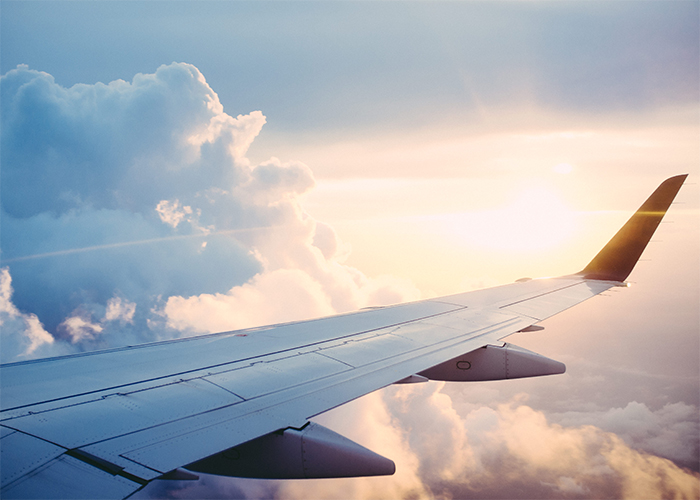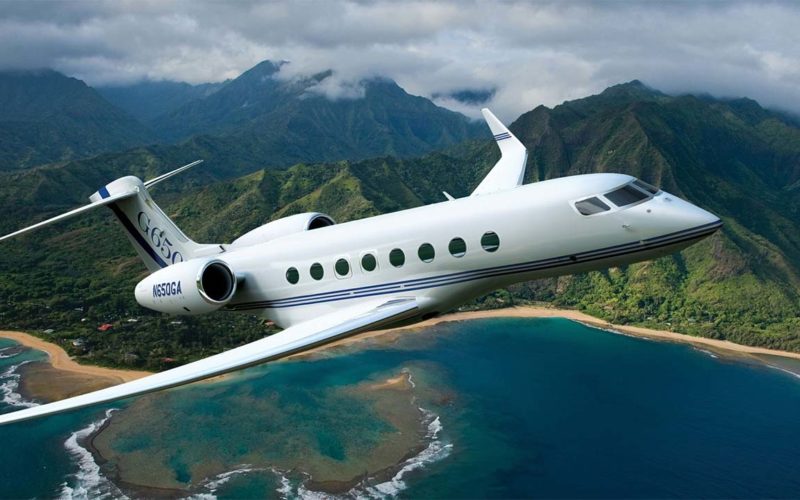Airplanes. Or aeroplanes. No matter how you want to spell them, they’re mankind’s most important invention which got us the closest to actually flying. Being up in the air, leaping from one place to the other, and safely at that.
But have you wondered why these contraptions, which have allowed man to perfect flight, are always white in colour? Or mostly white? Turns out, the reason is manifold.
First things first, painting an airplane white gives it an excellent thermal advantage. Not to mention, white is the easiest colour to identify dents, cracks, oil spills, and other issues with the body. white airplanes

White, as we all know, is an excellent reflector of light, and hence, heat. Cooling such a huge metal tube down is a herculean task, which is why it isn’t allowed to heat up a lot in the first place. And a heaten up plane is the last thing you want when it is 30,000 feet up in the air carrying over 100 people.
A white plan is easier to spot anywhere, in the sky, in the event of a crash, or in turbulent weather. On top of that, painting a plane is a pain, both financially and physically. white airplanes

Painting a plane takes a lot of expenditure, manpower, and time. It can easily take from two days to two weeks, given what your budget is. And all that extra weight of the paint in the air is extra operating cost you want to avoid. Painted and fancily coloured planes are also very far down on the resale market.
All of these scientific and real-world issues aside, white as a colour never fades, so no matter what weather, an airplane is safe to be spotted.
Fact source: Science ABC
Cover image source




